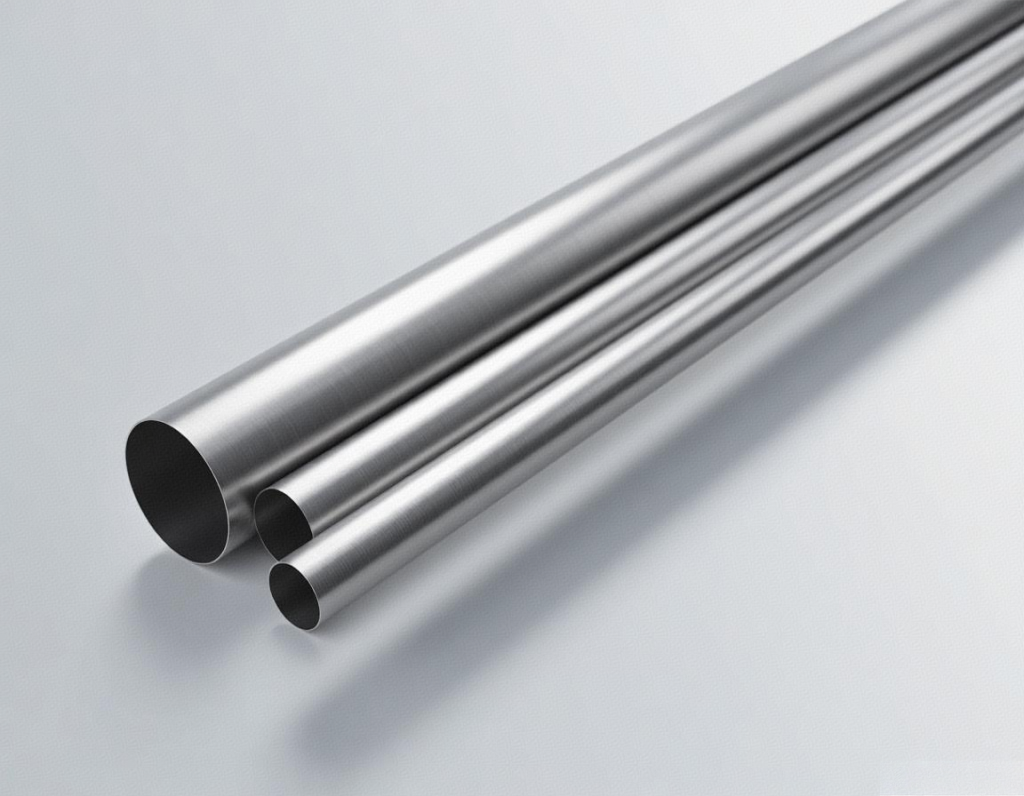
How Do You Remove Rust From Stainless Steel?
Table of Contents
Introduction
When people hear the word “stainless,” they usually think it means that stainless steel never rusts. But here’s the truth: even stainless steel can sometimes get rust spots. The good news is, you can remove them and keep your stainless steel looking shiny and clean. This guide will explain why rust happens, how to get rid of it, and how to prevent it from coming back — all in simple, everyday language.
Why Does Stainless Steel Rust?
Stainless steel is designed to resist rust, but it’s not 100% immune. When the protective layer on the surface gets damaged or covered with dirt, moisture, or harsh chemicals, small rust spots can form. This can happen in kitchens, bathrooms, outdoor grills, or even on tools.
A lot of people ask, “Is stainless steel non ferrous?” That means, does it have no iron in it? The answer is a bit tricky. Stainless steel does contain iron, and that’s why it can rust if the protective coating gets damaged. The difference is that stainless steel has other elements, like chromium, that help protect it from rust more than regular steel
Simple Ways to Remove Rust from Stainless Steel
You don’t need fancy products to clean rust. In fact, you can use things you probably already have in your kitchen.
1. Baking Soda and Water
- Mix a little baking soda with water to make a paste.
- Put the paste on the rust spots and gently rub with a soft cloth or sponge.
- Rinse with clean water and dry with a towel.
Baking soda is gentle, so it won’t scratch the surface. This method works well for light rust spots.
2. White Vinegar
- Soak a cloth in white vinegar and place it over the rusty area.
- Leave it for a few minutes, then scrub gently.
- Rinse and dry.
Vinegar helps break down the rust without using harsh chemicals. It’s a good choice for kitchen appliances.
3. Lemon Juice and Salt
- Sprinkle salt on the rust spot.
- Squeeze some lemon juice on top of the salt.
- Let it sit for a few hours, then scrub lightly.
- Rinse and dry.
The acid in lemon juice works with the salt to lift rust. Plus, it smells fresh!
4. Commercial Rust Removers
If the rust is very stubborn, you can use a store-bought rust remover made for stainless steel. Just make sure to follow the instructions carefully and rinse thoroughly after cleaning.
Things You Should Never Use
While cleaning rust, avoid anything that can scratch or damage the stainless steel surface. This includes:
- Steel wool or wire brushes
- Harsh chemicals like bleach
- Abrasive cleaning powders
Scratches can make the rust problem worse by damaging the protective layer.
.
How to Keep Stainless Steel Rust-Free
Removing rust is only half the job. Keeping it away is the real goal. Here are some easy tips:
- Keep It Clean and Dry
Wipe your stainless steel surfaces regularly and dry them after washing. Water spots can lead to rust over time.
- Avoid Harsh Cleaners
Use mild soap or cleaners made for stainless steel. Strong chemicals can strip away the protective layer.
- Don’t Let Dirt Sit
If you spill something acidic (like juice or vinegar) on stainless steel, clean it up right away.
- Protect Outdoor Stainless Steel
For grills or outdoor appliances, cover them when not in use to protect from rain and humidity.
Common Questions About Stainless Steel and Rust
Does stainless steel mean no rust at all?
Not exactly. Stainless steel is very resistant to rust, but if the protective layer gets damaged, rust can form.
Does stainless steel have lead?
In general, stainless steel does not contain lead. It’s considered a safe material for kitchen use, food storage, and cookware. That’s why it’s used in so many household items.
Can you MIG weld stainless steel?
Yes, you can. Welding stainless steel is possible with MIG welding, but you need the right kind of wire and gas. However, if welding isn’t done properly, it can affect the metal’s surface and make it more likely to rust. That’s why protecting welded areas is important.
Is stainless steel non ferrous?
As mentioned earlier, stainless steel does contain iron, so technically it’s not completely non-ferrous. But because of the other elements mixed in, it’s much better at fighting rust compared to regular steel.
Step-by-Step Example: Cleaning a Rusty Kitchen Sink
Let’s say you notice small rust spots on your stainless steel sink. Here’s what you can do:
- Clean the sink with mild soap and water first.
- Make a baking soda paste and apply it to the rust spots.
- Let it sit for 15-20 minutes.
- Rub gently with a soft sponge in the same direction as the metal grain.
- Rinse thoroughly and dry with a towel.
Do this regularly and your sink will stay shiny and rust-free.
Final Thoughts
Stainless steel is strong, durable, and great for everyday use, but it still needs care. Rust on stainless steel doesn’t mean it’s ruined. With simple home remedies like baking soda, vinegar, or lemon, you can easily restore its shine.
Remember these key points:
- Is stainless steel non ferrous? Not completely, because it still has iron.
- Can you MIG weld stainless steel? Yes, but proper technique is important to avoid future rust.
- Does stainless steel have lead? Typically no, which makes it safe for food and everyday use.
